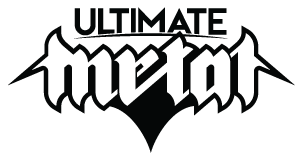Dak
mentat
Provide a distribution for what?
I'm not making any argument about popularity so I'm not sure what you're critiquing with that. I've already made my case for why assigning ANY political label (left, right, neutral, mainstream) is arbitrary and non-scientific unless clearly defined and validated in some way. If I have a set of data and want to find a correlation between two variables, allowing me to freely define just one of the variables without explaining it is as analytically useless as it would be for me to simply forge data. Political science frequently fails at the first step for this reason, e.g. the "racial resentment" test which is used as a shitty proxy for racism, but at least there it's clear that they're using a shitty proxy because you can find the test for yourself. For this paper I don't even understand where or how they define their variables.
Well I agree that there's a lot of variance or variability possible in assigning political salience to a news entity. However, pretending we can't make assignage intelligently or in terms of a normal distribution is special pleading. I provided a basis for measurement, even if the paper didn't and a prior paper provided a related finding, although I'm having trouble finding the paper again based on the search results I can think of atm.
However they define things, we are still dealing with the entire media outlet option, of which most are "mainstream" by defintion, but we have to ignore "mainstream" as opposed to "neutral", and I've made my argument there.




